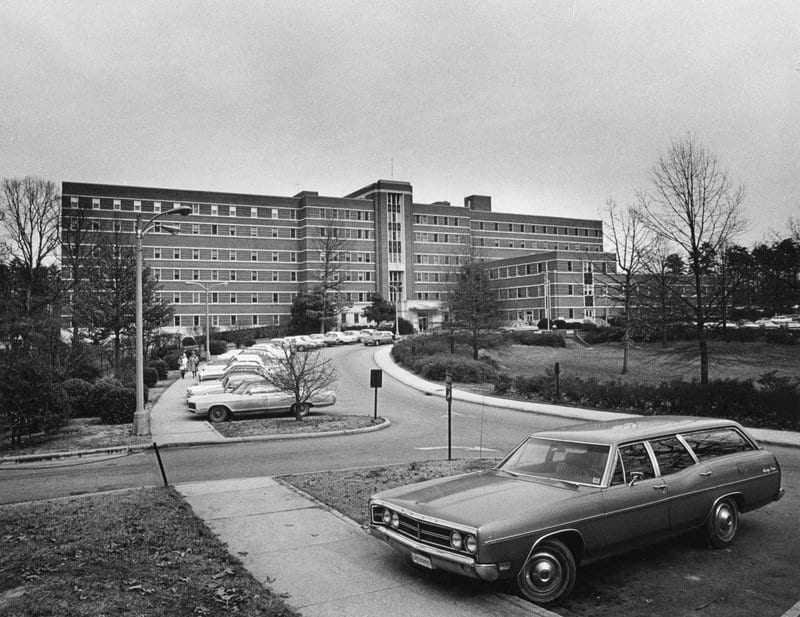
The controversial Medicaid bill was finally abandoned after high profile negotiations with Medicare. However the concept of providing medical aid to the recipients of government subsidies has long remained a concept in itself. Some early relief initiatives made provision for medical treatment. In 1950, Congress introduced an initiative that allowed federal dollars to be used for medical care in the form of vendor payments.
A Medicare bill in 1961 had received approval from President Kennedy, which prompted a long congressional campaign. By now, national health coverage had undergone an important change as a way for private healthcare providers to find common ground. The president outlined the actions that would not happen under the new plan but how they would.
The reason behind Medicare seems to have nothing to do with what led to Medicare and that the issue was not the form of the final Medicare law and its modifications to reflect the predilection of policymakers. The debate about National Medical and Social Insurance was resolved by a consensus in 1965.
Those questions which might have proved a challenge are not true. The most prominent opponent of national medical insurance was the American Medical Association (AMA); others included the American Hospital Association , the United States Chamber of Commerce , and the Life Insurance Association of People.
The author works at the University of Washington. This article contains the opinions of the author which do not reflect the opinion of George W. University or the Centers. Requests for Reprints: George Washington University, History Department, Washington D.C 20052.
In June 1965, President Johnson signed a legislation which would have created Medicare and Medicaid. In its original form Medicare had Part B Health Insurance and Part B Health Insurance. These two parts have now been called "original Medicare".
Several years ago Congress made sweeping reforms to Medicare — for example in 1972 — Medicare expanded to the disabled. The Medicaid program initially provided medical coverage to the people who were able to get money back. The coverage is now much larger compared to the previous.

The Children's Health Insurance Program (CHIP) was founded in 1997 as it provides health insurance for nearly 11 million American children. Many were from uninsured, working families, earning more than enough to qualify. Each state has their CHIP plan.
Medicare's prescription drug reform and modernization Act of 2003 (PPIMDA) introduced a major update to the Medicare system in a year. Under Medicare, private insurance plans accepted by Medicare became called Medicare Advantage Plans.
This program is sometimes referred to by some names as 'Part A' or MPP Plans. The MMA likewise added prescription drug insurance as part of the option and the new Part D program was introduced in 2006.
Around 1915 the group American Association for Labor Legislation attempted to introduce a medical insurance bill to some state legislatures. The attempts were not successful, and as a result, controversy about national insurance came about.
National groups supporting the idea of government health insurance included the AFL–CIO , the American Nurses Association , National Association of Social Workers , and the Socialist Party USA.

Medicare and Medicaid were the most important, but certainly not the only ways the federal government got involved. Since universal health care became an important political goal in society in twenties reformers were interested in what Derickson (2005) describes as the supply-side approach as the solution of accessing medical care.
This approach focuses on making sure there is enough staff to treat and help people. From the 1940s onwards the federal government invested heavily in medical infrastructure and other services.